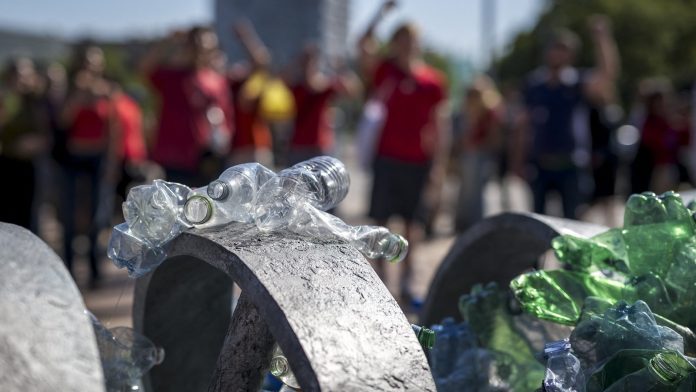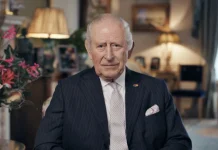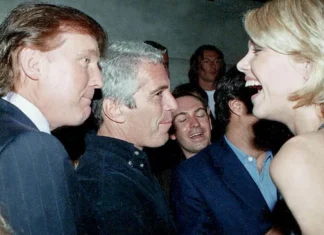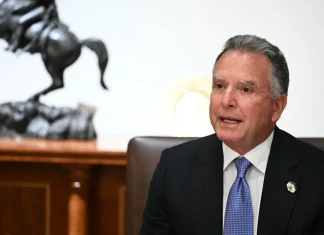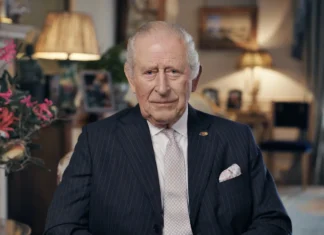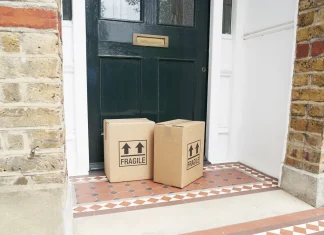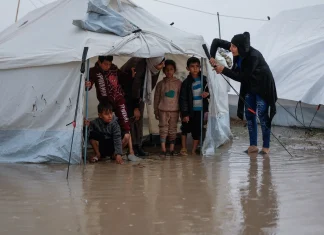United Nations Plastic Pollution Treaty Talks: A Crucial Crossroads
In an age where the beauty of our planet often seems overshadowed by the rising tide of plastic waste, the world’s eyes turned once again to the halls of the United Nations this week. Representatives from 184 countries gathered in Geneva, tasked with a mission that is at once urgent and monumental: to forge a legally binding treaty to stem the relentless flood of plastic polluting our oceans, rivers, and landscapes.
Yet, as the negotiations entered their critical midpoint, a weary Ecuadorian diplomat, Luis Vayas Valdivieso, the chair of these talks, delivered a sobering message: progress has not been nearly enough.
A Tense Countdown Begins
“We have arrived at a critical stage where a real push to achieve our common goal is needed,” Valdivieso told delegates gathered in the grand main assembly hall at the UN’s European headquarters. The clock is ticking against a tight deadline—August 14—beyond which the world risks missing a vital opportunity to combat the pervasive plastic plague. “August 14 is not just a deadline for our work; it is a date by which we must deliver.”
The stakes could not be higher. As these talks inch forward, the planet continues to drown in plastic — nearly 400 million tonnes are produced annually worldwide, with an estimated eight million tonnes leaking into the oceans each year. Marine creatures mistake tiny microplastics for food, ecosystems are choked, and communities, particularly in coastal developing nations, bear the brunt of polluted shorelines.
The Challenge of Consensus
One might imagine bringing nearly two hundred countries together with a single shared objective would galvanize swift action. Yet the reality is more complex and more human.
The draft treaty text, made public ahead of the current session, has swollen from a humble 22 pages to an unwieldy 35, littered with almost 1,500 “brackets” — markers of disagreement where nations have yet to find common ground. To put that in perspective, there were just 371 unresolved points in December’s talks. This surge reveals not progress, but deepening discord.
Adding to the difficulty is the mystery around which countries back which proposals—“we don’t know whether a bracket is supported by the majority or just a single country,” Valdivieso explained. This opacity muddles trust, and in diplomacy, trust is currency.
“Some articles still have unresolved issues and show little progress towards reaching a common understanding,” he admitted. After more than two years and multiple rounds of discussions, with stacks of proposals tabled and debated, negotiators stand at a crossroads.
Voices From The Frontlines
In a quiet café in Geneva, where delegates gather over cups of rich espresso between sessions, a delegate from a small island nation voiced frustration. “Our homes—and our futures—are literally being swallowed by plastic waves. But time and again, we find our pleas lost in endless debate. This treaty must be more than words.”
The resilience of these island nations, many on the frontline of climate and pollution crises, has been inspirational. Their demands for stringent reduction targets and robust accountability mechanisms have often met resistance from industrialized countries with vested interests in plastic manufacturing and trade.
“There’s a global inertia here, a reluctance rooted in economic and political fears,” said Dr. Maya Patel, an environmental policy expert based in London. “But delay is a luxury we no longer have. Plastic pollution is not just an environmental issue—it intersects with social justice, economics, and public health.”
Plastic Pollution: More Than an Environmental Crisis
Consider this: plastic debris not only scars the natural world but also disrupts livelihoods. In Bangladesh’s sprawling river communities, fishermen lament shrinking catches linked to polluted waters. In Nigeria’s bustling markets, sellers of reusable goods see competition from cheap, single-use packaging flood in despite growing environmental harm.
Global plastic production has nearly doubled in the past 20 years and shows no signs of slowing. Without comprehensive, enforceable agreements, the world risks perpetuating a cycle of waste and harm. Experts warn of a tipping point where microplastics contaminate water and food supplies at alarming levels.
What’s at Stake – And What Could Change?
If the treaty succeeds, it could mark the first time the world unites under a legally binding framework that addresses plastic pollution from cradle to grave: production, design, use, and disposal.
Imagine a future where packaging is standardized, plastic alternatives are affordable and prevalent, and waste management systems work effectively worldwide. Communities could reclaim beaches, marine species might rebound, and economies could pivot towards sustainable innovation.
But the path is steep. “This treaty is not just about words on paper. It’s about accountability and action,” said Fatima Al-Hassan, an environmental advocate from Ghana. “When policymakers decide, lives are impacted—fishermen, children, future generations.”
Reflecting on Global Solidarity
We might ask ourselves, what does it mean when nearly two hundred nations struggle to stitch together a common response to a crisis that affects us all? Is this a reflection of fractured geopolitics, competing economic interests, or a lack of empathy at the highest levels?
Plastic pollution is emblematic of a broader global challenge: how to reconcile short-term gains with long-term survival; how to foster collaboration in a world divided by wealth, ideology, and priorities.
As you read this, you might think about the plastics in your own life—from the bottle beside your desk to the packaging on your lunch. How can individual responsibility merge with collective action? Where do governments and corporations fit in this ecosystem of accountability?
Looking Ahead: Hope on the Horizon?
With four days left in these intense negotiations, the possibility of breakthrough remains tantalizingly close yet precariously distant. The diplomatic dance continues, balancing firmness with flexibility.
But there is a growing grassroots chorus stirring change—from youth activists sweeping through international summits to local communities pioneering zero-waste lifestyles. Their energy infuses hope into what can sometimes feel like grinding political stalemate.
Will the UN treaty become a milestone in humanity’s fight against plastic pollution? Or will unresolved divisions consign us to witness ever-expanding seas of waste?
For anyone invested in the health of our shared home, these questions demand attention—and action.
The Plastic Puzzle: Pieces We Must Fit Together
- Global plastic production: Approaching 400 million tonnes per year.
- Oceanic plastic waste: Over 8 million tonnes annually.
- Participating countries: 184 at the UN negotiations.
- Draft treaty complexity: Text expanded to 35 pages with nearly 1,500 points of dispute.
- Deadline: August 14 for a final agreement.
In the coming days, as negotiators toil, the world watches and waits. The outcome will ripple far beyond the walls of the UN—reaching shores, cities, rivers, and lives everywhere.
So, what do you believe is the future of our relationship with plastics? How will humanity meet this defining environmental challenge? These negotiations are more than a political exercise—they are a mirror reflecting our capacity to unite for the good of the planet and generations to come.


